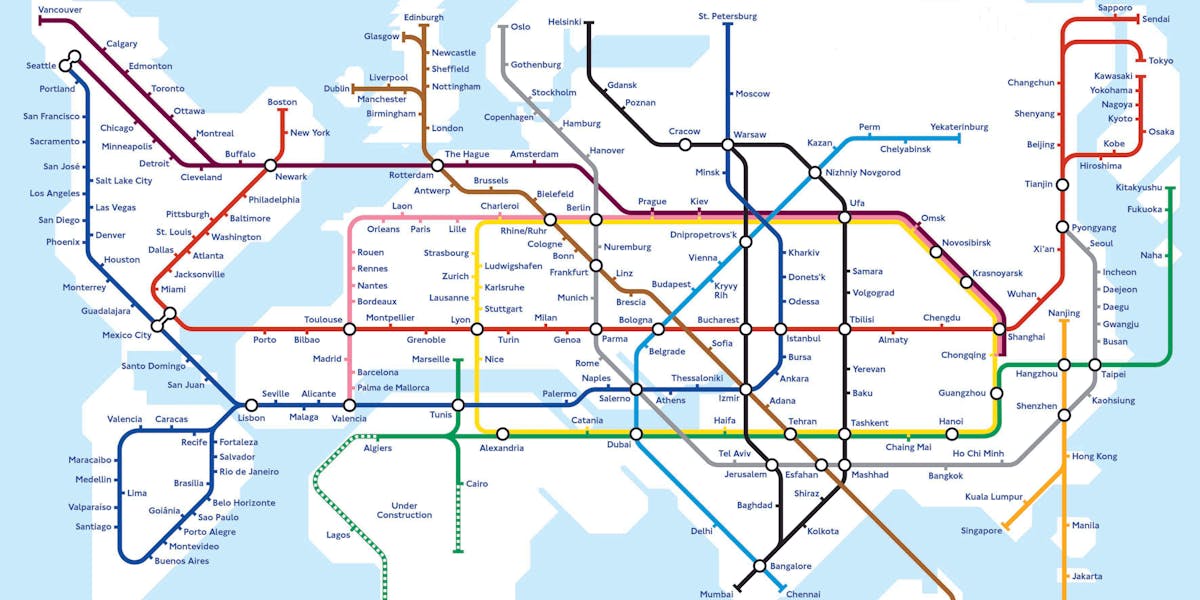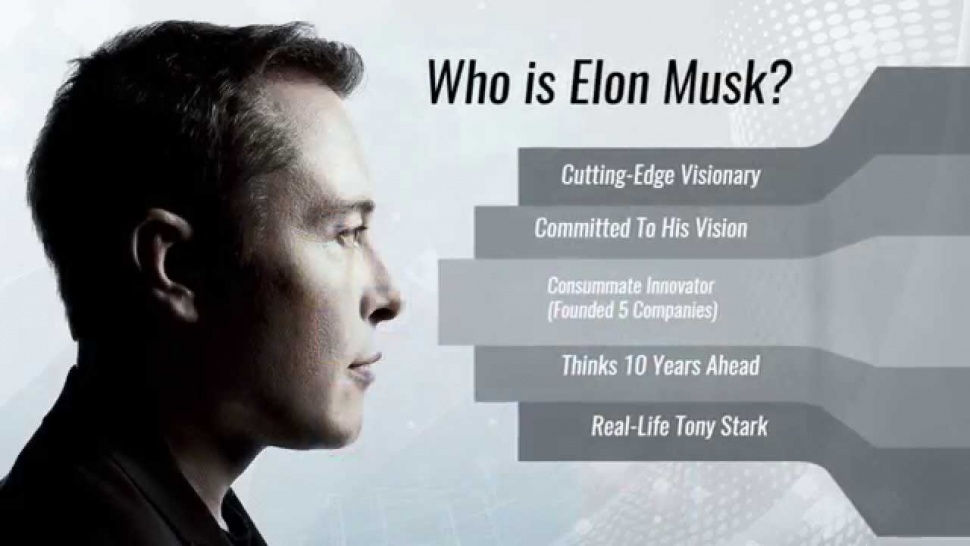Elon Musk’s vision for the world’s transition to sustainable energy
Energy is fundamental to economic systems and, indeed, to all life. Elon Musk has always insisted that Tesla’s ultimate purpose isn’t to build cars — it’s to help the world to transition away from reliance on fossil fuels and toward the embrace of sustainable energy sources. Tesla Inc.’s mission and vision statements reflect this nature in its expansive business model. Established in 2003, the company’s continued growth shows that the market is responding to the organization’s automotive and related products and its explicit vision for the world’s transition to sustainable energy.
Tesla’s recent rebranding, in which the word “Motors” was deleted from the company name, represents its full business network now. Sure, there’s certain to be a lot of upcoming attention devoted to the vehicle line with the Model 3 release but, also, its other two other major markets are growing fast: solar roofs and battery systems. Each of these Tesla businesses has contributed to making distributed energy desirable on a broader scale than ever before.
Elon Musk's vision to colonize Mars updated in New Space
n "Making Life Multi-Planetary" Elon Musk, CEO and Lead Designer at SpaceX, presents the updated design for the Big Falcon Rocket (BFR), the powerful rocket intended to propel a newly modified space vehicle to the International Space Station and beyond to fulfill his vision for establishing a human presence on Mars. The article, a summary of Mr. Musk's presentation at the 68th International Astronautical Congress, is published in New Space, a peer-reviewed journal from Mary Ann Liebert, Inc., publishers. The article is available free on the New Space website.
Mr. Musk not only provides details on the BFR's updated design but, importantly, presents a plan for how to pay for it. He describes the development of a huge carbon fiber tank that is capable of holding the cryogenic liquid oxygen needed to fuel the rocket, and the key to the SpaceX business case, how on orbit refueling will take place. The article also reports on progress toward perfecting propulsive landing and achieving rendezvous and docking. Included is information on the changes to the vehicle as its design has evolved, and the dramatic differences in payload capabilities between previous and current versions of the vehicle and BFR designs. Mr. Musk summarizes his vision and goals for a future manned Mission to Mars.
"Elon's description of the Big Falcon Rocket, along with the stunning recent success of the Falcon 9 Heavy indicates just how far SpaceX has come in establishing the elements needed to dramatically lower the cost for deep space exploration," says Editor-in-Chief Scott Hubbard, Stanford University. "I look forward to seeing SpaceX contribute to human exploration as well as near-term science goals like the Mars Sample Return."
World Subway Map Shows What a Hyperloop-Powered Future May Look Like
The vacuum-sealed hyperloop train system came one step closer to reality last week when a company working on bringing the transit system to life announced the next step in a global competition. Los Angeles-based Hyperloop One has selected 35 teams as finalists in its global challenge, who will now present regional proposals at three different showcases starting next month.
“It’s more than just a train, or a pod in a tube,” Josh Giegel, Hyperloop One’s president of engineering, told Inverse. “We’re taking it to a level of connectivity and really being the high-speed backbone of the future transportation network.”
The current plan is to bring three routes into production over the next five years. Hyperloop One wants to connect cities in individual regions and, eventually, connect those regions to each other to make a giant network.
It’s a plan reminiscent of the World Metro Map, designed in 2003 by Mark Ovenden, which imagines what a global underground system could look like. Each city marked on the map either has an operational metro system or planned to open one as of 2008. The data is slightly older at this point, but its reimagining of the globe captured imaginations worldwide.





Share the News